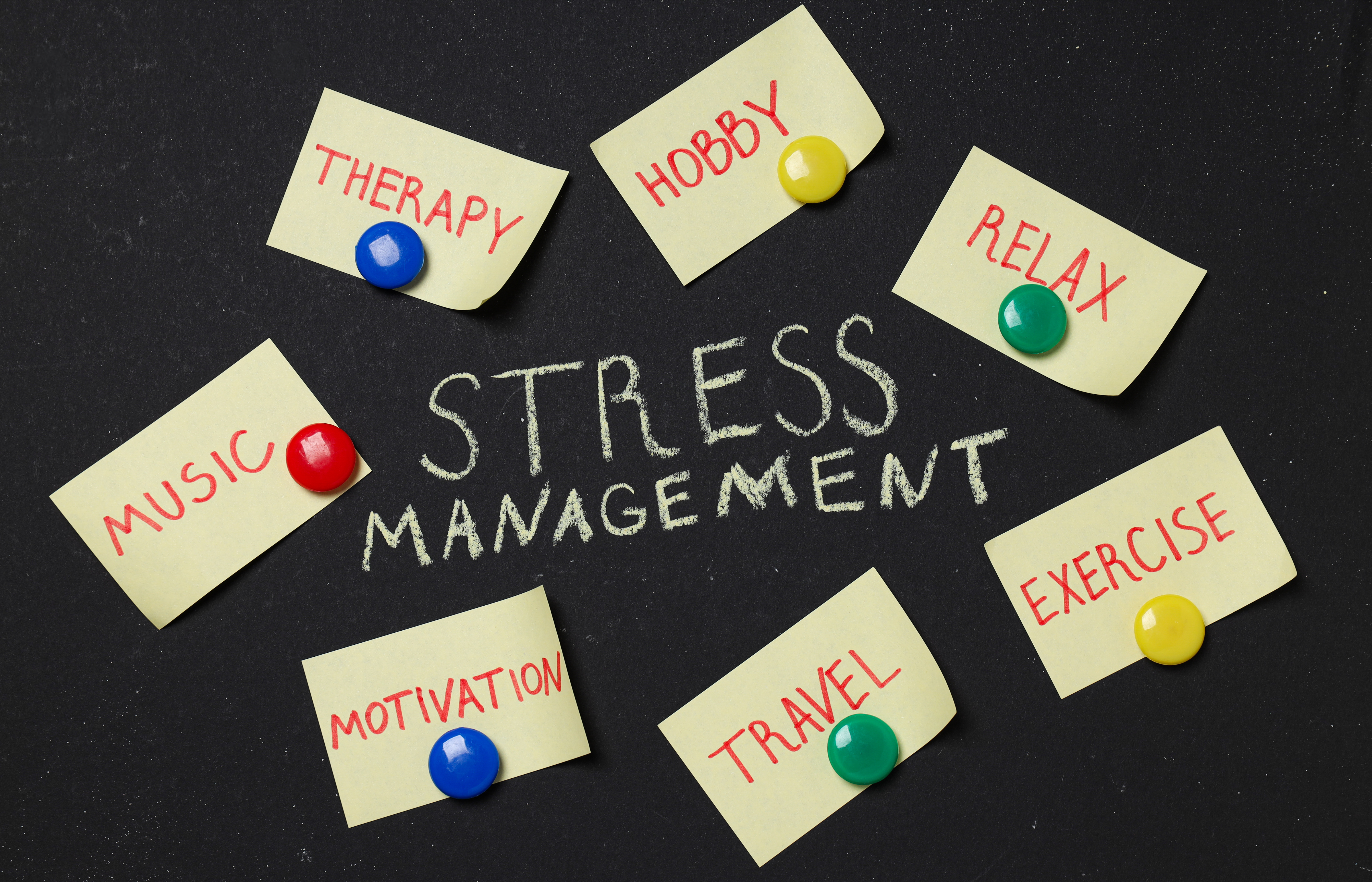ARTICLE
How to Survive the End of Term Stress
The end of term is often one of the most demanding times in the academic calendar. With deadlines, school events, administrative wrap-up, and rising expectations, pressure can quickly build. For education professionals, it’s essential to find practical ways to manage stress, maintain performance, and protect wellbeing.
July 03, 2025

The end of term is often one of the most demanding times in the academic calendar. With deadlines, school events, administrative wrap-up, and rising expectations, pressure can quickly build. For education professionals, it’s essential to find practical ways to manage stress, maintain performance, and protect wellbeing.
1. Identify Your Top Priorities to Stay Focused
With multiple responsibilities competing for your attention, clarity is crucial. Take time to determine which tasks are most important, and time-sensitive, and organise your workload accordingly. Being selective and prioritising high-impact actions helps prevent overwhelm and ensures that essential work is completed to a high standard.
2. Break Tasks into Manageable Steps
Complex or time-consuming tasks can often feel unapproachable during busy periods. Breaking them into smaller, more manageable steps can make them easier to tackle and maintain momentum. This approach supports productivity while reducing the mental load that comes with open-ended to-do lists.
3. Use Time-Blocking to Structure Your Day
Time-blocking is an effective way to manage your day. Allocate specific time slots to tasks, allowing focused work without constant switching. Include short breaks and realistic buffers in your schedule, particularly useful when handling both planned and ad-hoc responsibilities during end-of-term weeks.
4. Take Regular Breaks to Recharge Your Energy
Even short breaks throughout the day can restore energy and improve concentration. Whether it’s a walk, a moment of quiet, or stepping away from the screen, intentional pauses help avoid fatigue and support mental clarity. Small moments of recovery make a noticeable difference over time.
5. Set Clear Boundaries to Protect Your Time
It’s important to be intentional about your limits. Protecting non-working hours, trying to maintain work-life balance, and clearly communicating availability all contribute to long-term sustainability. Boundaries aren’t a barrier to collaboration, they help ensure you can continue delivering at your best.
6. Communicate Openly with Colleagues and Leadership
Transparent communication is especially valuable during high-pressure periods. If you are experiencing capacity challenges or need support with particular responsibilities, speak up early. Open dialogue can lead to collaborative solutions and help maintain team cohesion under pressure.
7. Use Teamwork to Share the Load
Delegation and shared responsibility can significantly reduce pressure. Where appropriate, look for opportunities to collaborate or divide tasks across teams. A collective approach to end-of-term priorities not only lightens the workload but also strengthens professional relationships and improves outcomes.
The end of term is always a busy time, but it doesn't need to be unmanageable. By prioritising effectively, maintaining structure, and supporting yourself and your team, it’s possible to meet key deadlines without compromising your wellbeing. With the right approach, you can close the term with confidence and start the break with a sense of achievement.

